The contribution of productive thinking in the performance of some skills on the jumping platform and the balance beam for female students
Main Article Content
Abstract
The research aimed to build a scale of productive thinking in gymnastics for female students, and the descriptive approach was adopted using the correlational method on a sample of second-stage female students in the College of Physical Education and Sports Sciences for Girls/University of Baghdad for the academic year (2023/2024), totaling (38) students. The sample was selected intentionally using the comprehensive enumeration method at a rate of (100%) of the original community, and (5) female students were randomly selected for the exploratory sample. The results were automatically processed using the statistical package system (SPSS). The researcher concluded that the scale of productive thinking in gymnastics is compatible with second-stage female students in the College of Physical Education and Sports Sciences and has the scientific foundations and transactions for its acceptance for mental measurement in sports psychology. The researcher recommended that it is necessary to adopt psychological and mental measurement in sports psychology and know its diagnostic role and train on it to support the work of teachers and female students' applications aimed at improving the performance of skills in gymnastics devices.
Article Details

This work is licensed under a Creative Commons Attribution-NonCommercial 4.0 International License.
References
Abu Al-Ezz, A. et al. (2009). General Teaching Methods (p. 235). Wael Publishing and Distribution House.
Abu Jado, S. M., & Nofal, M. B. (2010). Teaching Thinking - Theory and Application (Ed. (3), pp. 38–39). Dar Al Masirah.
Al-Assaf, S. (1995). Introduction to research in behavioral sciences. Alobaikan Bookstore, Riyadh.
Al-Atoum, A. Y. (2004). Cognitive Psychology (p. 197). Dar Al-Masirah for Printing and Publishing.
Aldewan, L. H., & Al-Temimy, S. L. A. (2013). Formative assessment to the method of teaching methods according to the model of Rosenberg. . . Journal of Studies and Researches of Sport Education, 36, 95–108. .https://www.iasj.net/iasj/article/94544
Al-Diwan, L. H., Othman, A. A., & Abbas, R. A. A. (2013). The Impact of some Small Games in the Development of some Basic Motor Skills of Preschool Children. Journal of Studies and Researches of Sport Education, 37.
Al-Fahdawi, M. D., & Al-Hayani, S. B. (2016). Thinking styles according to Gregorc’s theory among middle school students. Anbar University Journal for Humanities, 3(2), 418–452.
Al-Karkhi, M. (2014). Program Planning and Evaluation (p. 24). Dar Al-Manahj for Publishing and Distribution.
Ambo Saeed, A. K., & Al-Hosniyeh, H. A. (2016). Active Learning Strategies (p. 21). Dar Al-Masirah.
Atef, M. S., & Mohammed, J. A. (2008). Social studies, teaching methods and strategies. Cairo: Dar al-Fikr Al Arabi.
Choi, H.-H., Van Merriënboer, J. J. G., & Paas, F. (2014). Effects of the physical environment on cognitive load and learning: Towards a new model of cognitive load. Educational Psychology Review, 26, 225–244. https://link.springer.com/article/10.1007/s10648-014-9262-6
Fahmy, A.-S. (2010). Education. Al-Wasat Daily Newspaper. Arab Republic of Egypt, 11–13.
Hamoud, M. F. (2008). Holistic thinking and its relationship to idea generation among university students [Master’s thesis]. University of Baghdad.
Hurson, T. (2008). Think Better (p. 45). McGraw Hill, United States.
Jamal, M. J. (2005). Developing creative thinking skills through curricula (p. 39). University Book House.
Judeh, A. (2007). Emotional Intelligence and its Relationship with Happiness and Self-Confidence among Al-Aqsa University Students. An-Najah University Journal for Research (Humanities), 11. https://repository.najah.edu/handle/20.500.11888/2464
Kahala, S. (2023). Scientific Research in Behavioral Sciences (p. 98). Al-Jinan University.
Kaufman, J. C., & Sternberg, R. J. (2010). The Cambridge handbook of creativity. Cambridge University Press.
Mahmoud, M. A., FadousNamrawi, A. O., & al-Dulaimi, S. H. H. (2015). Impact exercises compromise vehicle (physical skill) in different shapes and spaces on some of the physical variables and speed performance skills of football players for applicants. Sport Culture, 6(2).
Masoud, A. R., & Shabib, S. S. (2024). Evaluating the level of some psychological traits among women practicing sports activities. Journal of Studies and Researches of Sport Education, 34(2).
Michael, A. Y. (2022). Developments in Psychoanalysis in the Twenty-First Century (p. 42). Dar Al Safa for Printing, Publishing and Distribution.
Mohammed, F. H. (2023). The effect of my learning style (inductive and deductive) in discovery-oriented learning on the balance beam in artistic gymnastics for female students. Journal of Studies and Researches of Sport Education, 33(1). https://doi.org/10.55998/jsrse.v33i1.421
Musharraf, A. J., & Al-Hadithi, K. I. S. (2022). The effect of exercises using the method of learning for mastery and performance simulation tools in developing the skills of standing on the hands and the human wheel for the floor movements carpet in the artistic gymnastics for men. Sciences Journal Of Physical Education, 15(5), 460–477. https://www.iasj.net/iasj/article/273682
Mushref, A. J. (2024). The effect of exercises similar to performance according to a multi-level method in learning some of the skills of the floor mat in artistic gymnastics for men. University of Anbar Sport and Physical Education Science Journal, 14(28). 10.37655/uaspesj.2024.148118.1118
Mustafa, M. N. (2019). Scientific Investigation (3rd ed, p. 127). Al-Rashd Library.
Omar, H. R., & Ali, A. G. A. (2021). The effectiveness of using the cognitive load theory in developing levels of cognitive depth and reducing psychological stress among students of the French Language department with low academic achievement. Journal of the Faculty of Education. Al-Azhar University, 40(191), 181–231. https://doi.org/10.21608/jsrep.2021.200012
Othman, I. A., Mohammed, L. H., Alsaeed, R., & Shabib, S. S. (2024). The effect of the Montessori program using physical activity games in enhancing the sensory-motor perception abilities of kindergarten children aged 5 to 6 years. Journal of Sports Education Studies and Research, 34(3), 19–36. DOI: https://doi.org/10.55998/jsrse.v34i3.617
Oudah, M. J. , Aldewan, L. H., & Hchaya, H. M. (2022). Building a Scale of Systems Thinking in Tennis. . Journal of Studies and Researches of Sport Education, 32(2), 18–27. https://doi.org/https://doi.org/10.55998/jsrse.v32i2.341
Razouki, R. M., Nabil, R. M., & Salem Daoud, D. (2019). Thinking and its Patterns (Ed. (4), p. 11). Scientific Books.
Runco, M. A. (2014). Creativity: Theories and themes. Research, Development, and Practice, 152.
Saad, L. H. A.-D. D. (2017). The impact of the use of an educational curriculum in a cooperative (integrated and technical) method in teaching some ground movements for the third stage. Journal of Studies and Researches of Sport Education, 53.
Schunk, D. H. (2012). Learning theories an educational perspective. Pearson Education, Inc.
Shamoon, M. A.-A. (2021). Mental training in the sports field (ed. (2), p. 362). Dar Al-Maaref.
Younis, M. M. (2002). Physiological Psychology (p. 157). Wael Publishing and Distribution House.





 IASJ
IASJ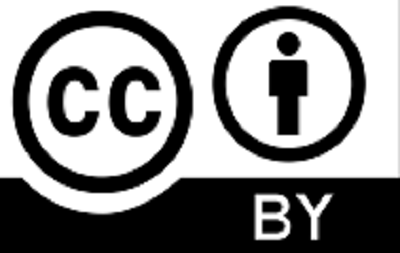 CC-BY-4.0
CC-BY-4.0 turnitin
turnitin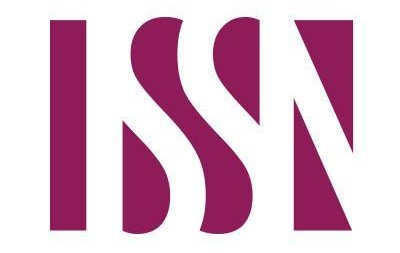 ISSN
ISSN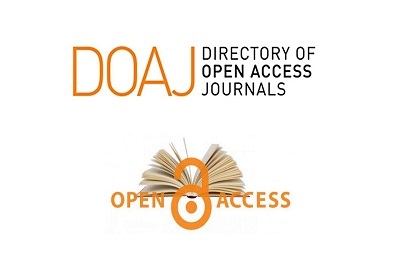 DOAJ
DOAJ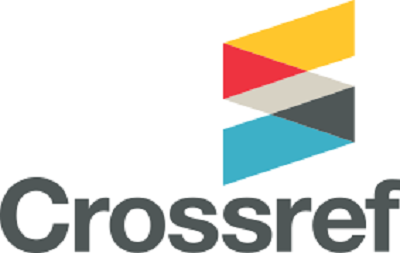 Crossref
Crossref GoogleScholar
GoogleScholar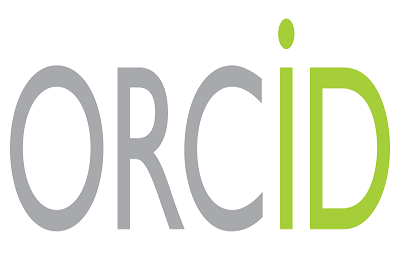 Orcid
Orcid